How to fall asleep
Difficulty falling asleep affects a large portion of the population in the Western world. We often reach for shortcuts: melatonin pills, cannabis, alcohol, or non-molecular aids like ASMR videos, white noise, or podcasts that distract the mind just enough to let us drift off. But all of these come with a hidden cost.
The hidden cost of sleep aids
- Molecular solutions can train your body to rely on external substances to fall asleep. With melatonin pills, your body can forget how to produce melatonin on its own.
- Non-molecular aids (ASMR, white noise, podcasts) still stimulate the brain. This interrupts deep sleep and memory consolidation, dulling the very recovery you're trying to improve.
You might be asking: how the hell do I fall asleep then?
Let's look at how your body is actually wired to fall asleep.
How your body prepares for sleep
During the day, your body prioritizes survival and performance: quick reaction time, digestion, social behavior, and sexual drive. It pushes metabolically expensive processes like cell repair, immune clean-up, and memory consolidation into the night—when you're (ideally) still.
Sleep is biologically weird. You're unconscious, vulnerable, and unproductive. But it's essential because it allows your body to:
- repair cells
- clean up damaged proteins
- run immune sweeps
- consolidate memories
- perform metabolic clean-up
But how does your body know it's time to do all this?
It relies on two systems:
-
The Adenosine System
- Tracks how long you've been awake
- Adenosine builds up in your bloodstream after waking
- When adenosine is high enough, it signals the need for sleep
- It can be overridden temporarily by caffeine (which binds to the same receptors)
-
The Melatonin System
- Tracks when it is in the 24-hour day
- Controlled almost entirely by light
- Requires absence of blue light to begin melatonin production
When you combine these two signals—high adenosine + low blue light—your body says: It's time to sleep.
Light as a biological signal
For 99.99% of human history, blue light meant daytime. The sun rises with a warm glow, peaks at blue-rich midday, and sets back into orange-red hues. This sinusoidal pattern is the biological clock input.
Enter electricity: suddenly, blue light is available 24/7. Screens, LED bulbs, streetlights, tablets, and TVs.
The result? Your body never gets the clear signal that it's night.
Rayleigh Scattering explains why blue light naturally drops at sunset. The sunlight angle causes blue wavelengths to scatter, leaving red and orange behind. Our bodies evolved to rely on this shift.
When you light up your room with a phone screen or ceiling LEDs at 10pm, your brain thinks it's noon. Melatonin production is delayed or blocked entirely. Sleep latency increases. You stay awake longer. And because you're tired, you seek stimulation, which delays it further. It's a feedback loop.
The solution: contrast
Biology relies on contrast. You can't just block blue light all day and expect your clock to know when it's night. You need bright, blue-rich light in the morning and dim, warm light at night.
- Morning: High brightness, blue-rich light
- Evening: Dim, warm, no blue
This contrast reinforces your circadian rhythm.
How to fall asleep naturally
90 minutes before bed:
- Eliminate all sources of blue light. Use red glasses or bulbs under 1200K.
- Avoid screens. If you must, use full-spectrum blue blockers or apps that actually shift the spectrum (not just dimming).
- Dim the lights. Use table lamps instead of overheads.
- Slow the brain. Read physical books, journal, stretch, talk.
- Avoid food. Eating too close to sleep delays recovery processes.
In the morning:
- Get outside. Natural light resets your clock.
- Move your body. Movement helps anchor wake signals.
- Avoid caffeine for at least 90 minutes. Let adenosine rise naturally.
Be consistent:
- Sleep and wake at the same time every day
- Eat meals at consistent times
- Give your body a predictable rhythm to trust
The payoff: When your body gets light at the right time, everything changes:
- You fall asleep faster
- You wake up clearer
- Your immune system works better
- Your memory strengthens
- Your body repairs
- You digest better
- Your mood improves
- You lose fat more efficiently
- You look and feel more alive
This isn't magic. It's rhythm.
What to avoid
- Late-night scrolling
- Binge eating after dark
- Catching up on emails before bed
- Night mode without fundamental spectral shift
The biological cost is real. So is the reward.
Tools to help
- Vitae Red Glasses: Block all blue wavelengths from all angles
- Vitae Night-Safe Light: Emits <1200K, biologically safe for evenings
- Blackout curtains: Remove external light pollution
Final note: Falling asleep is not about doing more. It's about getting out of your own way.
Give your body the right light at the right time; it will do the rest.
Sleep is not broken. It's just waiting for permission.



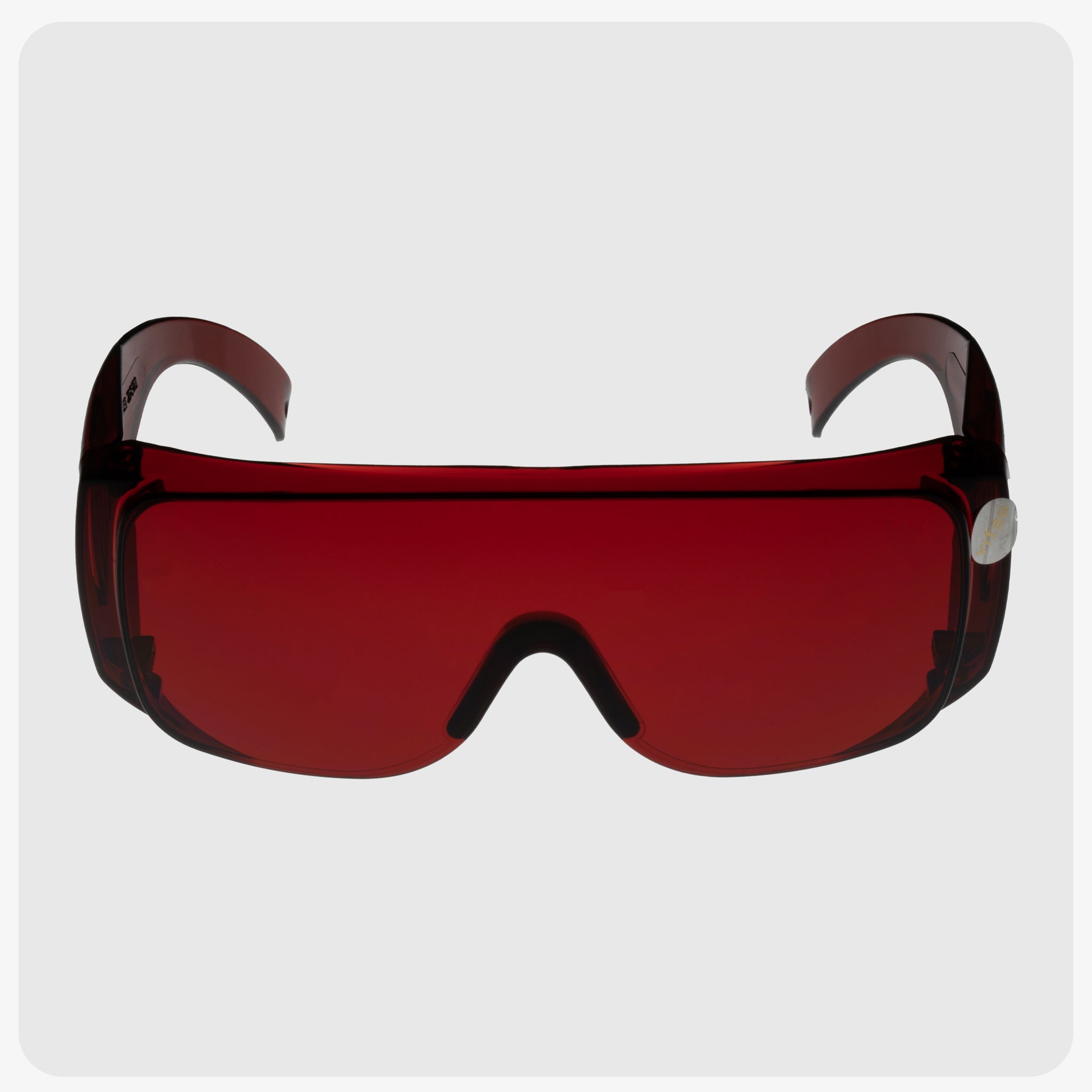
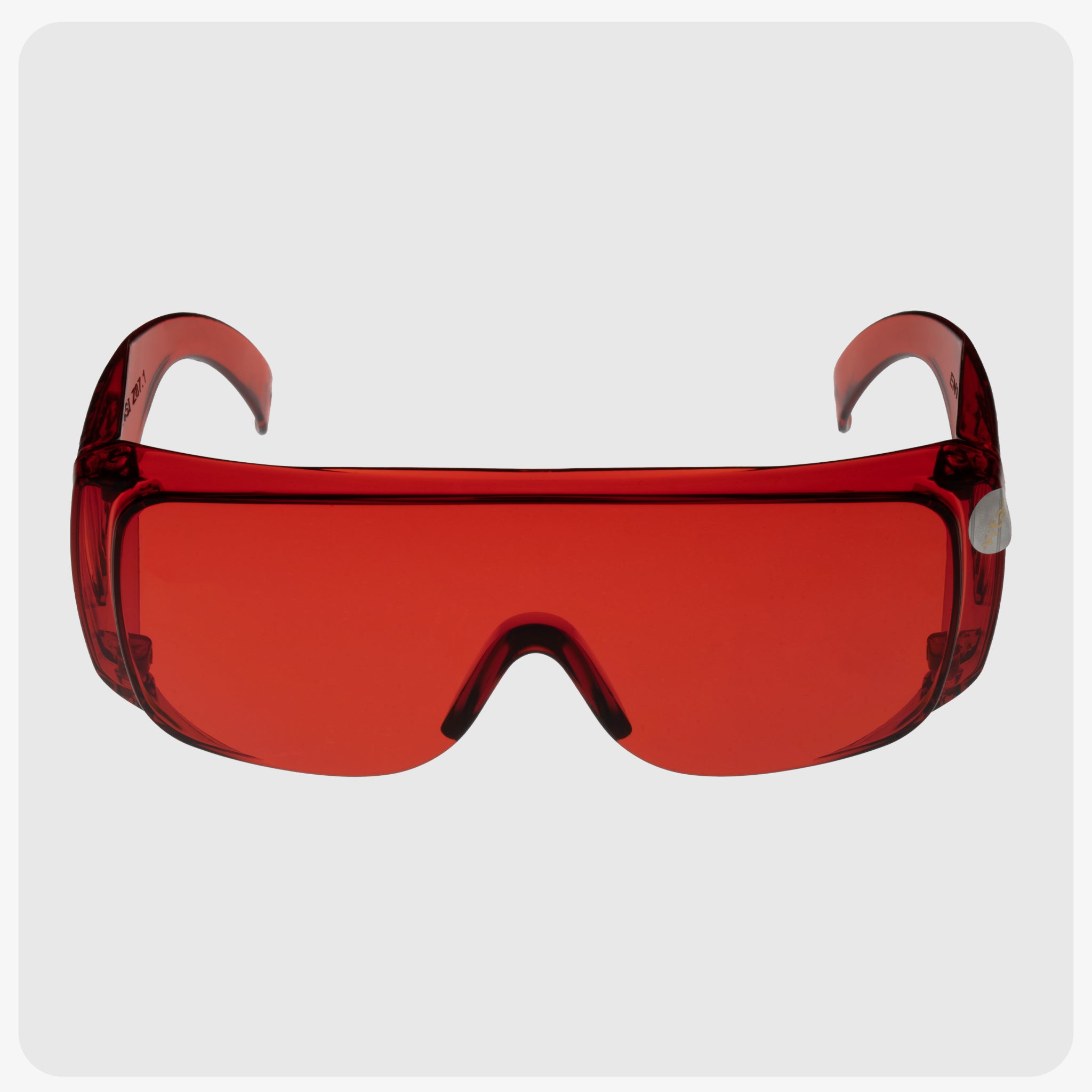

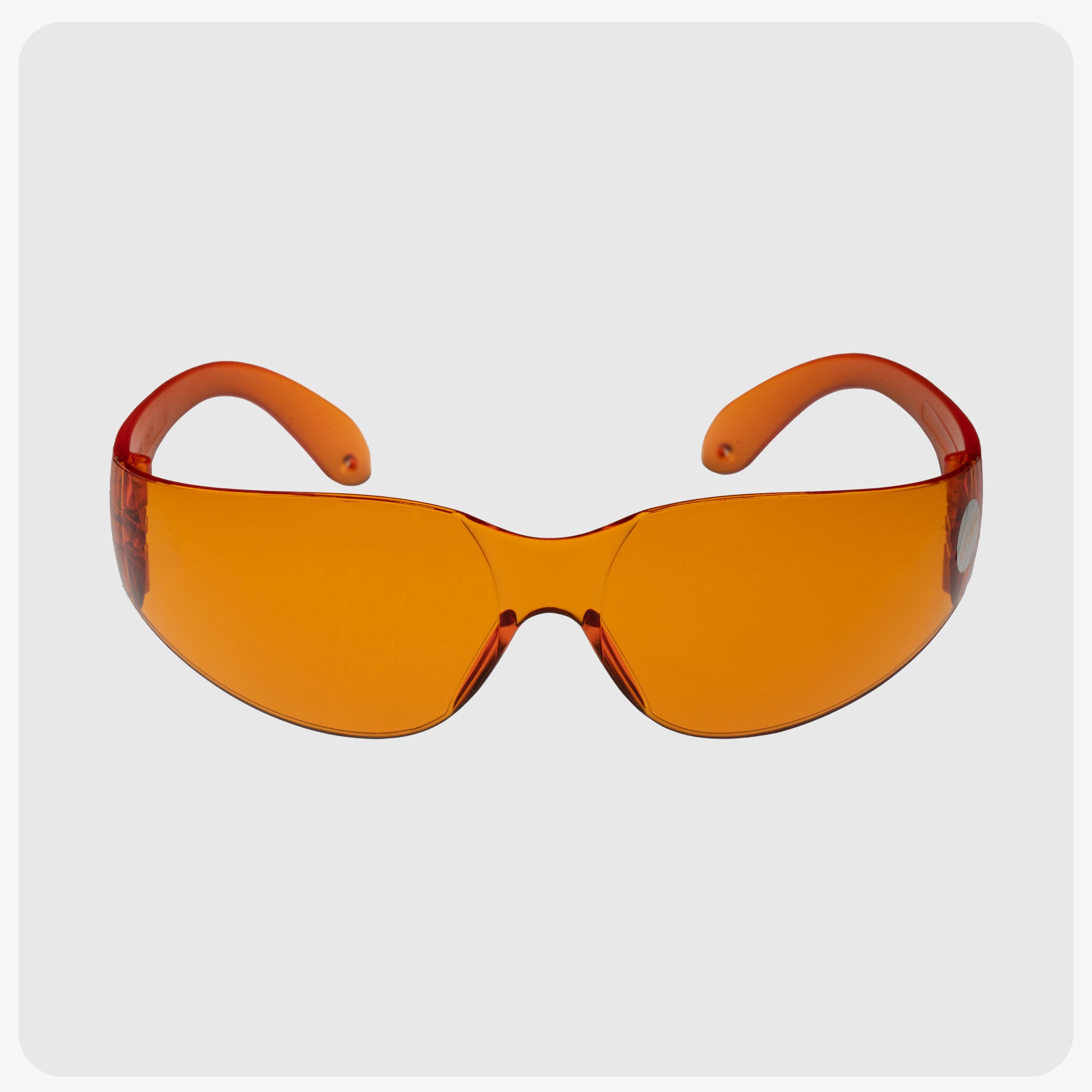
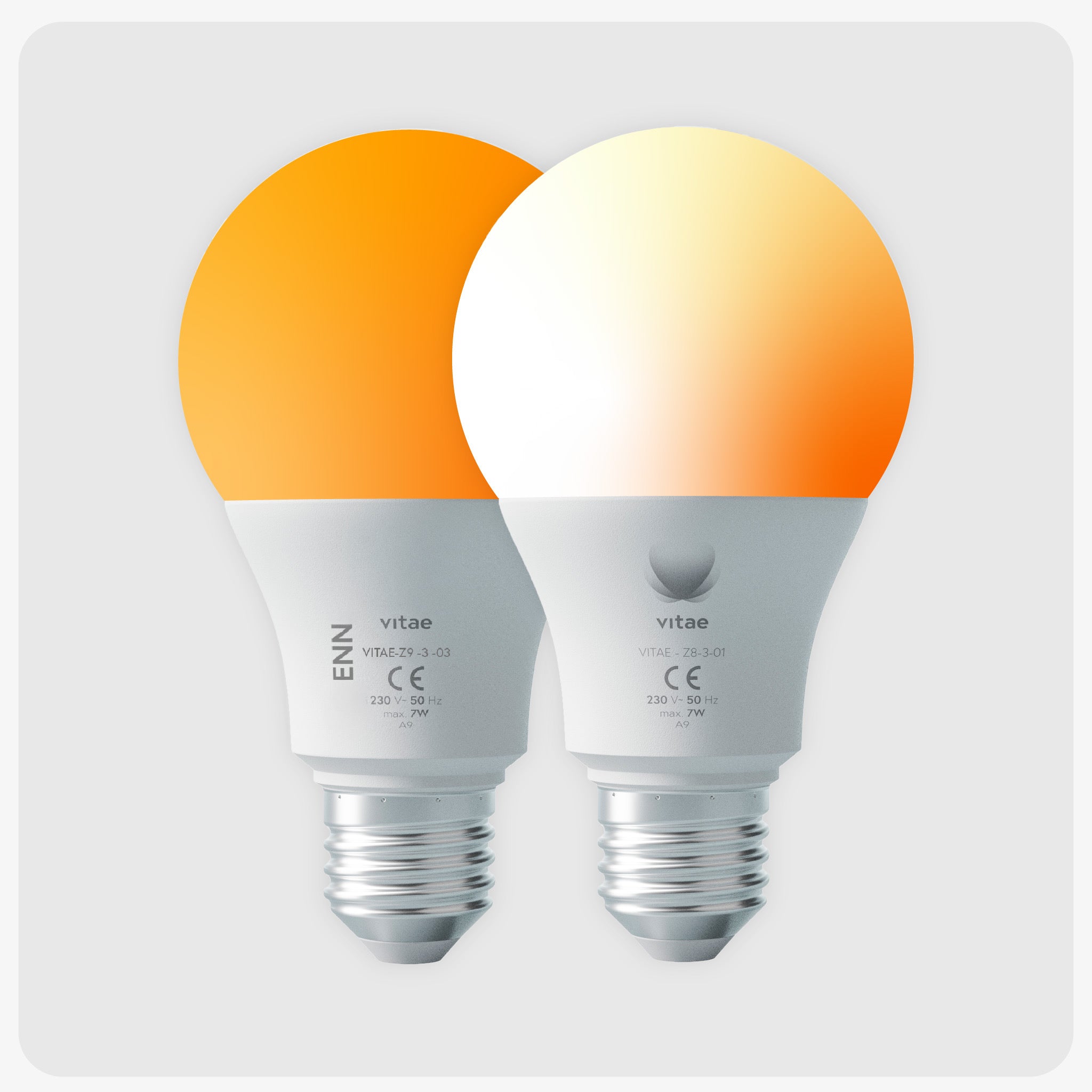

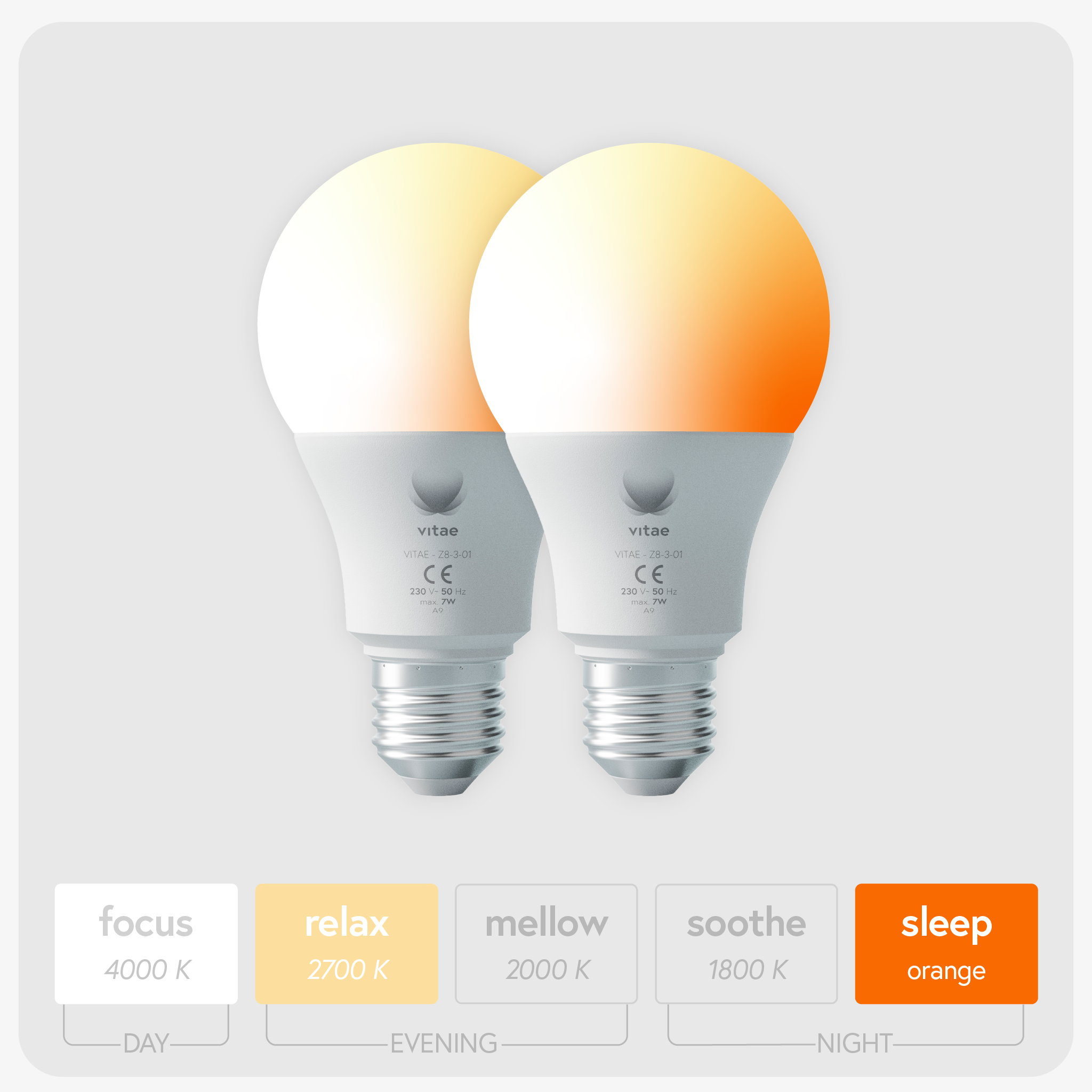
Share: